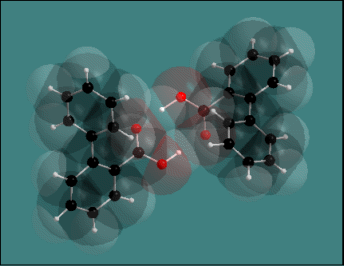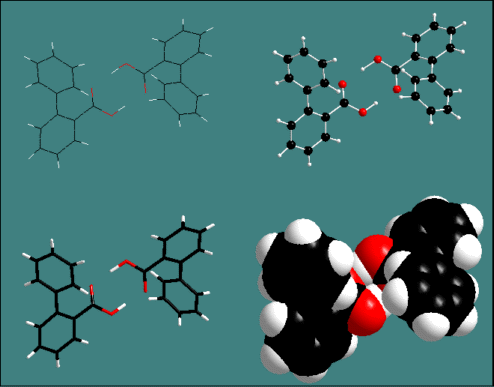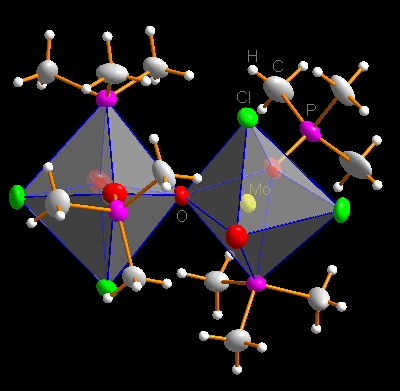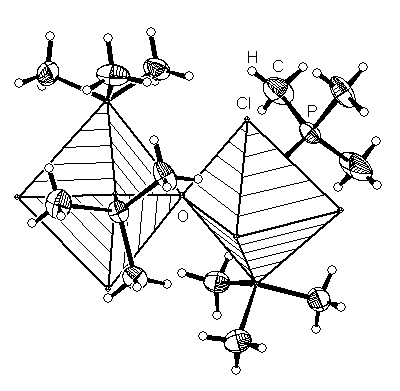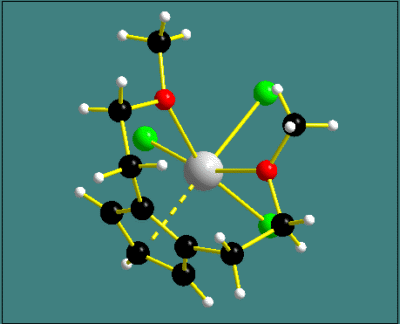|
|
|
|
|
DIAMOND HIGHLIGHTS TOUR |
||||||||
Powerful VisualizationThis page gives you a survey of Diamond's capabilities for the graphical representation of molecular or crystal structures.
Polyhedra and thermal ellipsoidsBasing on the standard model (the ball-and-stick model), anisotropic displacement parameters can be visualized as thermal ellipsoids, and the coordinations of atoms may be represented by coordination polyhedra. Polyhedra and thermal ellipsoids can be mixed in one and the same picture! The left one of the two pictures below shows a rendered representation with transparent polyhedra, whereas the right one is a typical ORTEP-like representation showing the axes of the ellipsoids, together with thick tapered bonds and shading edge to enhance the three-dimensional impression [2]:
References: [1] Name: biphenyl-2-carboxylic acid [2] Name: mu-Oxo-bis[dichlorooxo(trimethylphosphine-P)(trimethylphosphine oxide-O)molybdenum(V)] diethyl ether hemisolvate [3] Authors: van der Zeijden, Adolphus A. H., Mattheis, Chris, Fr�hlich, Roland |
||||||||
|
|
| Page last modified February 10th, 2003 - Copyright © CRYSTAL IMPACT 1997..2003 - All rights reserved |
